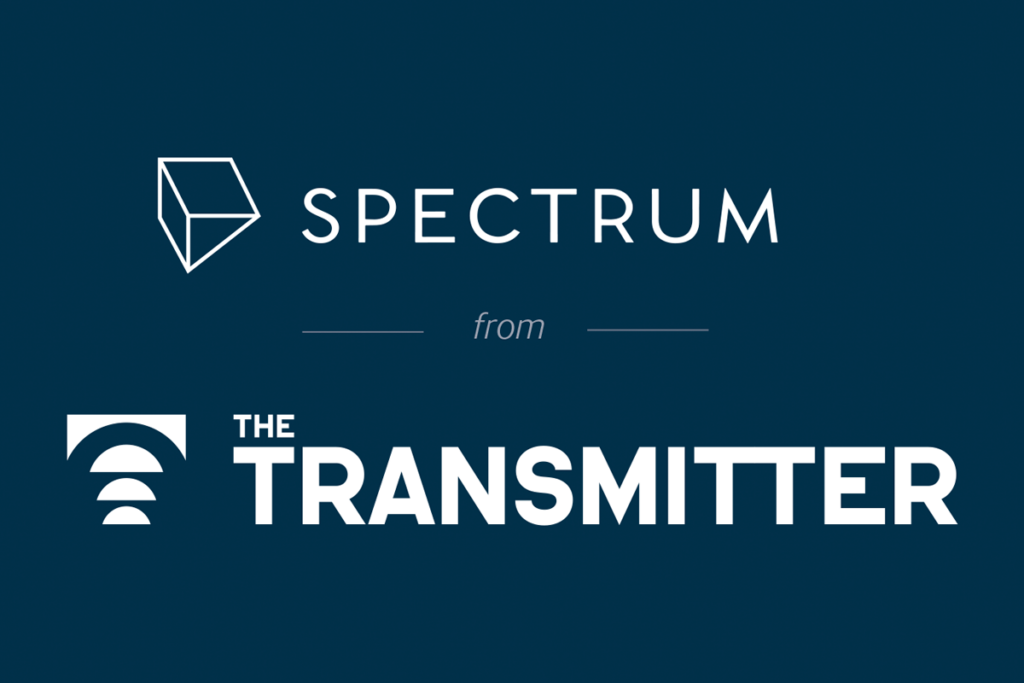2015: Year in review
Recent articles
What’s the hardest part of an autism researcher’s job?
Scientists dish about the biggest challenges they face as they tackle tough questions about autism.

What’s the hardest part of an autism researcher’s job?
Scientists dish about the biggest challenges they face as they tackle tough questions about autism.
Notable papers of 2015
Our top 10 papers for this year, based on input from autism researchers, capture the full spectrum of findings — from molecular biology to large-scale epidemiology.

Notable papers of 2015
Our top 10 papers for this year, based on input from autism researchers, capture the full spectrum of findings — from molecular biology to large-scale epidemiology.
Hot topics of 2015
Here’s a rundown of five trending topics that are turning traditional assumptions about autism on their head.

Hot topics of 2015
Here’s a rundown of five trending topics that are turning traditional assumptions about autism on their head.
Quotes of the year
Here are some of our favorite quotes, by those who study autism and those who live with it, from articles we published in 2015.

Quotes of the year
Here are some of our favorite quotes, by those who study autism and those who live with it, from articles we published in 2015.
Artist with autism illustrates ‘invisible disability’
Sounds, smells and social encounters are just a few of the challenges that Leironica Hawkins, an artist on the spectrum, faces every day.

Artist with autism illustrates ‘invisible disability’
Sounds, smells and social encounters are just a few of the challenges that Leironica Hawkins, an artist on the spectrum, faces every day.
Research one-liners
Autism researchers distill countless hours of frantic grant-writing and experiments into a single sentence — with some hilarious results.

Research one-liners
Autism researchers distill countless hours of frantic grant-writing and experiments into a single sentence — with some hilarious results.
Spectrum’s first year
To say this has been a momentous year for the website would be an understatement.

Spectrum’s first year
To say this has been a momentous year for the website would be an understatement.
Staff picks from 2015
Some of our favorite stories this year went beyond the news to lay bare critical controversies or highlight real-world implications of research.

Staff picks from 2015
Some of our favorite stories this year went beyond the news to lay bare critical controversies or highlight real-world implications of research.
Explore more from The Transmitter
Alex Maier argues that a scientific explanation of consciousness requires grounding in formalized mathematics
When it comes to discovering laws of nature for consciousness similar to those in physics, Maier argues that integrated information theory is the only game in town.
Alex Maier argues that a scientific explanation of consciousness requires grounding in formalized mathematics
When it comes to discovering laws of nature for consciousness similar to those in physics, Maier argues that integrated information theory is the only game in town.
Neuro’s ark: How goats can model neurodegeneration
Since debunking an urban legend that headbutting animals don’t damage their brain, Nicole Ackermans has been investigating how the behavior correlates with neurodegeneration.

Neuro’s ark: How goats can model neurodegeneration
Since debunking an urban legend that headbutting animals don’t damage their brain, Nicole Ackermans has been investigating how the behavior correlates with neurodegeneration.
Astrocytes stabilize circuits in adult mouse brain
The glial cells secrete a protein that suppresses plasticity post-development.

Astrocytes stabilize circuits in adult mouse brain
The glial cells secrete a protein that suppresses plasticity post-development.